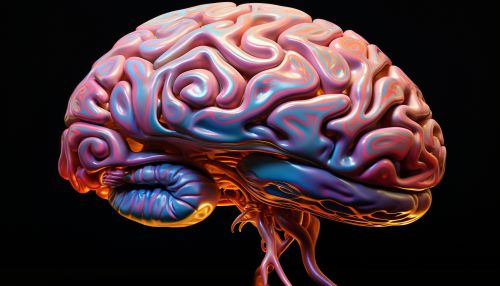Classical Conditioning
Overview
Classical conditioning is a type of learning that had a major influence on the school of thought in psychology known as behaviorism. Discovered by Russian physiologist Ivan Pavlov, classical conditioning is a learning process that occurs through associations between an environmental stimulus and a naturally occurring stimulus.
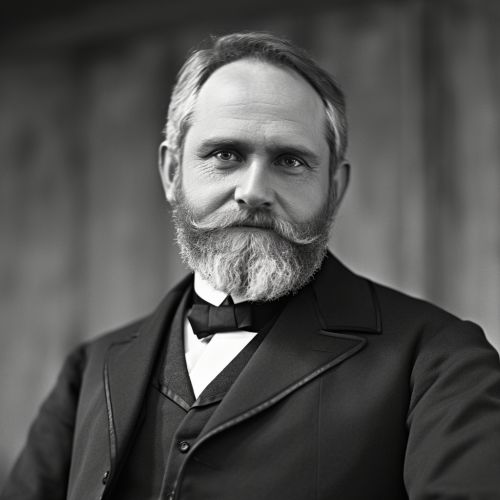
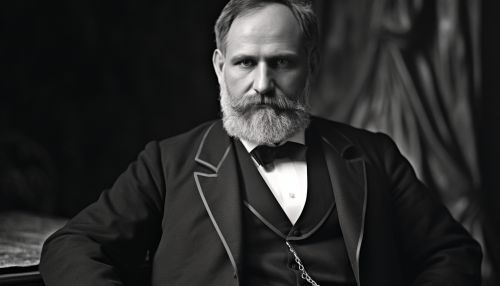
Definition
Classical conditioning (also known as Pavlovian or respondent conditioning) refers to a learning procedure in which a biologically potent stimulus (e.g. food) is paired with a previously neutral stimulus (e.g. a bell). It also refers to the learning process that results from this pairing, through which the neutral stimulus comes to elicit a response (e.g. salivation) that is usually similar to the one elicited by the potent stimulus.
History
Classical conditioning was first studied in detail by Ivan Pavlov through experiments with dogs and published in 1897. It began when Pavlov was studying the digestive system of dogs and noticed that the dogs would salivate when the lab assistant who normally fed them came into the room, even if the assistant was not carrying any food.
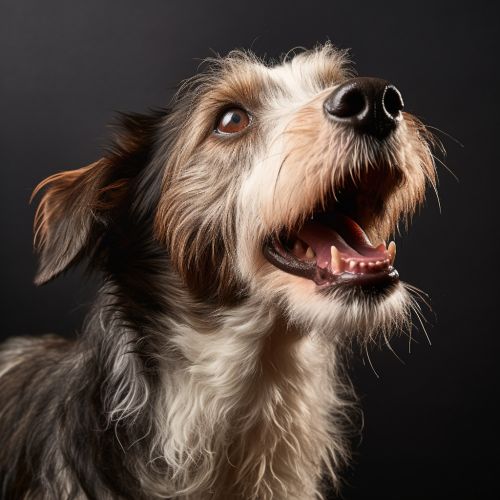
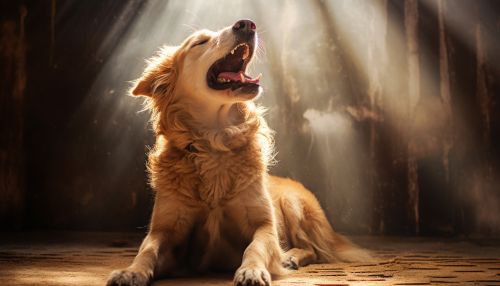
Principles
Classical conditioning involves learning a new behavior via the process of association. In simple terms, two stimuli are linked together to produce a new learned response in a person or animal. There are three stages of classical conditioning. At each stage the stimuli and responses are given special scientific terms:
Stage 1: Before Conditioning
During this stage, the unconditioned stimulus (UCS) produces an unconditioned response (UCR) in an organism. In basic terms, this means that a stimulus in the environment has produced a behavior / response which is unlearned (i.e., unconditioned) and therefore is a natural response which has not been taught. In this respect, no new behavior has been learned yet.
Stage 2: During Conditioning
During this stage, a stimulus which produces no response (i.e., neutral) is associated with the unconditioned stimulus at which point it now becomes known as the conditioned stimulus (CS).

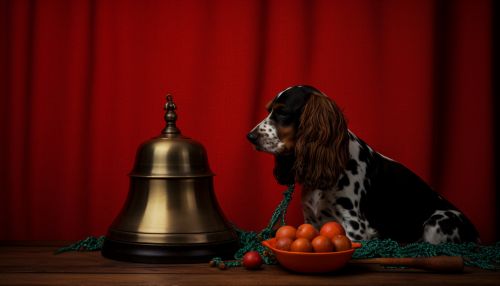
Stage 3: After Conditioning
Now the conditioned stimulus (CS) has been associated with the unconditioned stimulus (UCS) to create a new conditioned response (CR).
Applications
Classical conditioning has been applied in many therapies. These include systematic desensitization for phobias (step-by-step exposure to feared situations, also known as exposure therapy) and aversion therapy.
Criticisms
Although classical conditioning is a powerful explanation of how learning can occur, it is limited in its ability to fully explain the complexity of human learning. Because all humans and animals are different, they may learn in different ways.

